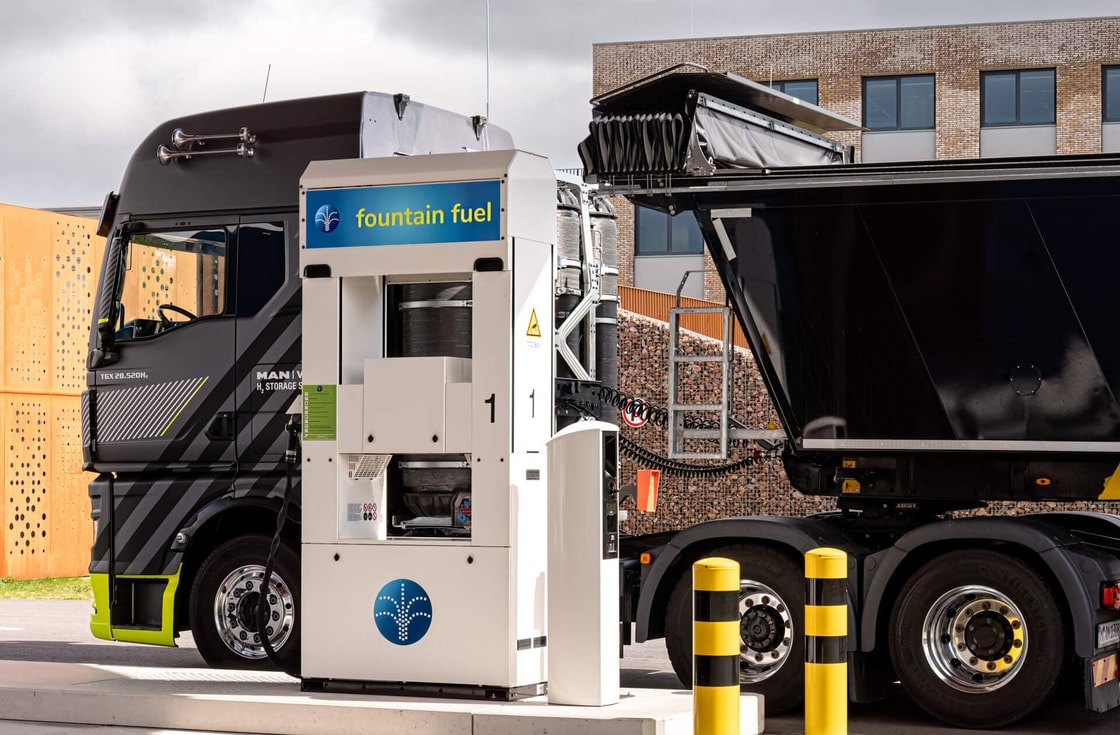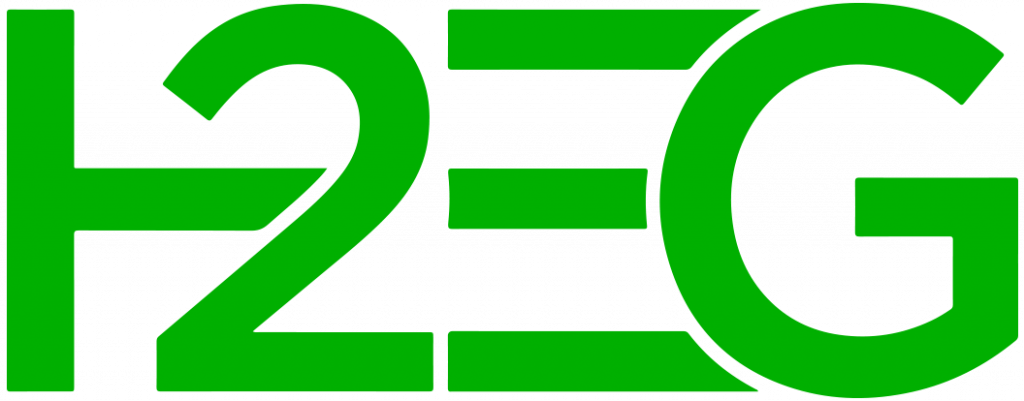
Six European hydrogen refuelling operators, including Hydri, Teal Mobility, Fountain Fuel, H2 Mobility, Virya Energy, and HYmpulsion, have formed the Hydrogen Infrastructure Alliance (H2IA).
The alliance argued that infrastructure development must lead to give truck and van manufacturers the confidence to scale up production.
However, the H2IA’s statement added, “Larger volumes of vehicles and a variety of models available, in turn, lead to a quicker growth of the refuelling network – and to a lower cost for end-users, both for vehicles and hydrogen fuel.”
Collectively, the members currently run 92 hydrogen stations throughout Sweden, France, Germany, Belgium, and the Netherlands.
Furthermore, they plan to build 39 more large-scale facilities by 2028, enough to fuel 1,800 trucks per day.
The alliance has already “initiated conversations with leading vehicle manufacturers” to accelerate vehicle deployment.
OEMs are beginning to move. For example, BMW plans to launch a fuel cell electric vehicle (FCEV) in 2028 through its partnership with Toyota, while EV OEM Scania has started testing hydrogen fuel cell trucks with customers under its Pilot Partner programme.
Stephan Bredewold, Managing Director at Fountain Fuel, highlighted a demand for hydrogen mobility in the Netherlands, despite investment decisions for large-scale hydrogen projects often being postponed.
“In addition to criteria such as load capacity and charging times, congestion on the electricity grid plays an important role,” he added. “Many logistics companies are already reaching the limits of e-charging due to the aforementioned grid congestion.
“It seems unrealistic that this problem can be solved in time, making hydrogen refuelling a suitable solution.”
Meanwhile, Stephan Windels, Managing Director of Hydrogen Belgium, said Virya Energy’s next generation of hydrogen refuelling stations will be ready before 2028.
“We believe large fleet operators can really benefit from a ‘fill and ride’ zero emission solution, alongside battery electric solutions,” Windels added.
The alliance added that both hydrogen and battery-electric are complementary, especially in regions where grid congestion limits fast charging.
The H2IA was formed shortly after the Global Hydrogen Mobility Alliance warned that Europe must scalehydrogen trucking and refuelling, with larger, higher-utilisation stations, to hit hydrogen cost targets of €8/kg by 2030.
Stay ahead with a H2 View subscription
Gain access to the insights, data, and analysis trusted by hydrogen professionals worldwide.
With a H2 View subscription, you get:
- Unlimited access to 15,000+ articles
- Monthly digital magazine + H2 Review
- Exclusive interviews, webinars and reports
- Expert analysis shaping the hydrogen conversation

